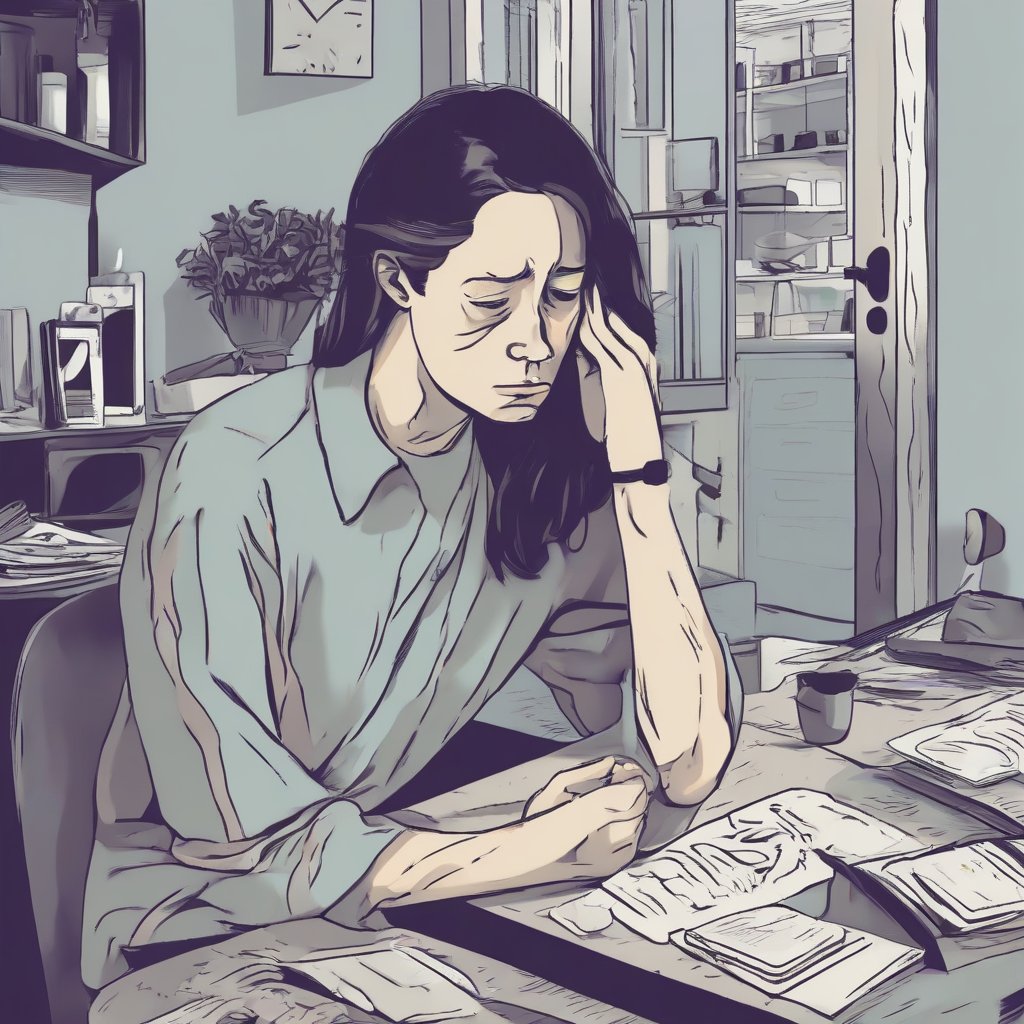Anxiety: A Comprehensive Guide

Dr. Craig Smith, MD
4 Min read
Anxiety is a complex and multifaceted mental health phenomenon that affects millions of individuals worldwide. It goes beyond the occasional stress or worry and can manifest in various forms, impacting daily life and overall well-being. In this article, we will delve into the definition, disorders, taxonomy, signs and symptoms, causes, risk factors, diagnostics, treatment options, holistic therapies, the relationship between depression and anxiety, assisting young people, stress versus anxiety, anxiety and alcohol, the connection between food and anxiety, and preventive measures.
Defining Anxiety
Anxiety is a natural response to stress, preparing the body to face a perceived threat or danger. However, when this response becomes chronic or disproportionate to the situation, it can lead to anxiety disorders. Anxiety disorders encompass a range of conditions characterized by excessive fear, worry, and apprehension, often interfering with daily functioning.
Disorders and Taxonomy
The Diagnostic and Statistical Manual of Mental Disorders (DSM-5) categorizes anxiety disorders into various types, including generalized anxiety disorder (GAD), panic disorder, social anxiety disorder, specific phobias, and more. Each type presents unique features and challenges, but they share a common thread of persistent and excessive fear or worry.
Signs and Symptoms
Anxiety disorders manifest in diverse ways, with symptoms ranging from physical to emotional. Common signs include restlessness, muscle tension, fatigue, difficulty concentrating, irritability, sleep disturbances, and an overwhelming sense of apprehension. These symptoms can significantly impact an individual's quality of life, affecting relationships, work, and overall well-being.
Causes and Risk Factors
The causes of anxiety disorders are multifactorial and involve a combination of genetic, environmental, and neurobiological factors. A family history of anxiety disorders, traumatic life events, imbalances in neurotransmitters, and chronic medical conditions are among the contributors. Additionally, prolonged exposure to stressors and a lack of effective coping mechanisms can elevate the risk of developing anxiety disorders.
Diagnostics
Diagnosing anxiety disorders involves a thorough evaluation by mental health professionals. They consider the individual's medical history, symptoms, and the duration and intensity of distress. Standardized assessment tools, interviews, and psychological evaluations may also be utilized to make an accurate diagnosis and determine the most appropriate treatment approach.
Treatment Options
Treatment for anxiety disorders often involves a combination of psychotherapy, medication, and lifestyle modifications. Cognitive-behavioral therapy (CBT), exposure therapy, and mindfulness-based interventions are commonly used psychotherapeutic approaches. Medications such as selective serotonin reuptake inhibitors (SSRIs) or benzodiazepines may be prescribed based on the severity of symptoms. Lifestyle changes, including regular exercise, adequate sleep, and stress management techniques, can complement therapeutic interventions.
Holistic Therapies
In recent years, holistic therapies have gained recognition as valuable adjuncts to traditional treatments. Practices like yoga, meditation, acupuncture, and aromatherapy can help individuals manage anxiety by promoting relaxation, improving self-awareness, and reducing stress. These holistic approaches address the mind-body connection, acknowledging the interplay between mental and physical well-being.
Depression and Anxiety
Anxiety often coexists with depression, forming a common duo known as comorbid anxiety and depression. Both conditions share overlapping symptoms, making diagnosis and treatment challenging. Individuals with comorbid anxiety and depression may experience heightened emotional distress, increased risk of suicidal thoughts, and a more prolonged recovery process. Comprehensive treatment plans that address both conditions simultaneously are crucial for effective management.
Assisting Young People: Adolescence and Anxiety
Adolescence is a critical period of development, and many young people experience heightened levels of stress and anxiety. Academic pressures, social challenges, and hormonal changes contribute to the vulnerability of this age group. It is essential for parents, educators, and healthcare professionals to recognize signs of anxiety in adolescents and provide appropriate support. Open communication, promoting healthy coping mechanisms, and fostering a supportive environment are key elements in helping young people navigate anxiety during this crucial stage.
Stress vs. Anxiety
While stress and anxiety are often used interchangeably, they are distinct phenomena. Stress is a natural response to external pressures or demands, and it can be a motivating force in certain situations. Anxiety, on the other hand, is a heightened state of worry or fear that persists even in the absence of an immediate threat. Understanding the differences between stress and anxiety is crucial for implementing targeted coping strategies and interventions.
Anxiety and Alcohol
Some individuals turn to alcohol as a coping mechanism to alleviate anxiety symptoms temporarily. However, alcohol can exacerbate anxiety in the long run, leading to a harmful cycle of dependency. Alcohol disrupts the balance of neurotransmitters in the brain, intensifying feelings of anxiety and contributing to the development of anxiety disorders. Seeking professional help for both anxiety and alcohol misuse is vital for breaking this detrimental cycle.
Food and Anxiety
Diet plays a role in mental health, and certain foods can either contribute to or alleviate anxiety symptoms. Diets rich in fruits, vegetables, whole grains, and omega-3 fatty acids have been associated with a lower risk of anxiety. Conversely, excessive consumption of caffeine, sugar, and processed foods may exacerbate anxiety. Maintaining a balanced and nutritious diet is an integral aspect of managing anxiety.
Prevention
Preventing anxiety involves adopting a holistic approach that addresses both environmental and individual factors. Building resilience through healthy coping mechanisms, fostering strong social connections, promoting a positive work-life balance, and recognizing and addressing stressors early on are essential components of anxiety prevention. Early intervention and education about mental health contribute to a more resilient and emotionally healthy society.
In conclusion, anxiety is a complex and pervasive mental health issue that requires a comprehensive understanding and approach. From its definition and taxonomy to the various disorders, signs and symptoms, causes, risk factors, diagnostics, and treatment options, anxiety demands attention on multiple fronts. By incorporating holistic therapies, recognizing the relationship between depression and anxiety, supporting young people during adolescence, distinguishing between stress and anxiety, addressing the link between anxiety and alcohol, understanding the impact of food on anxiety, and implementing preventive measures, individuals and society can work towards creating a more supportive and resilient mental health landscape.